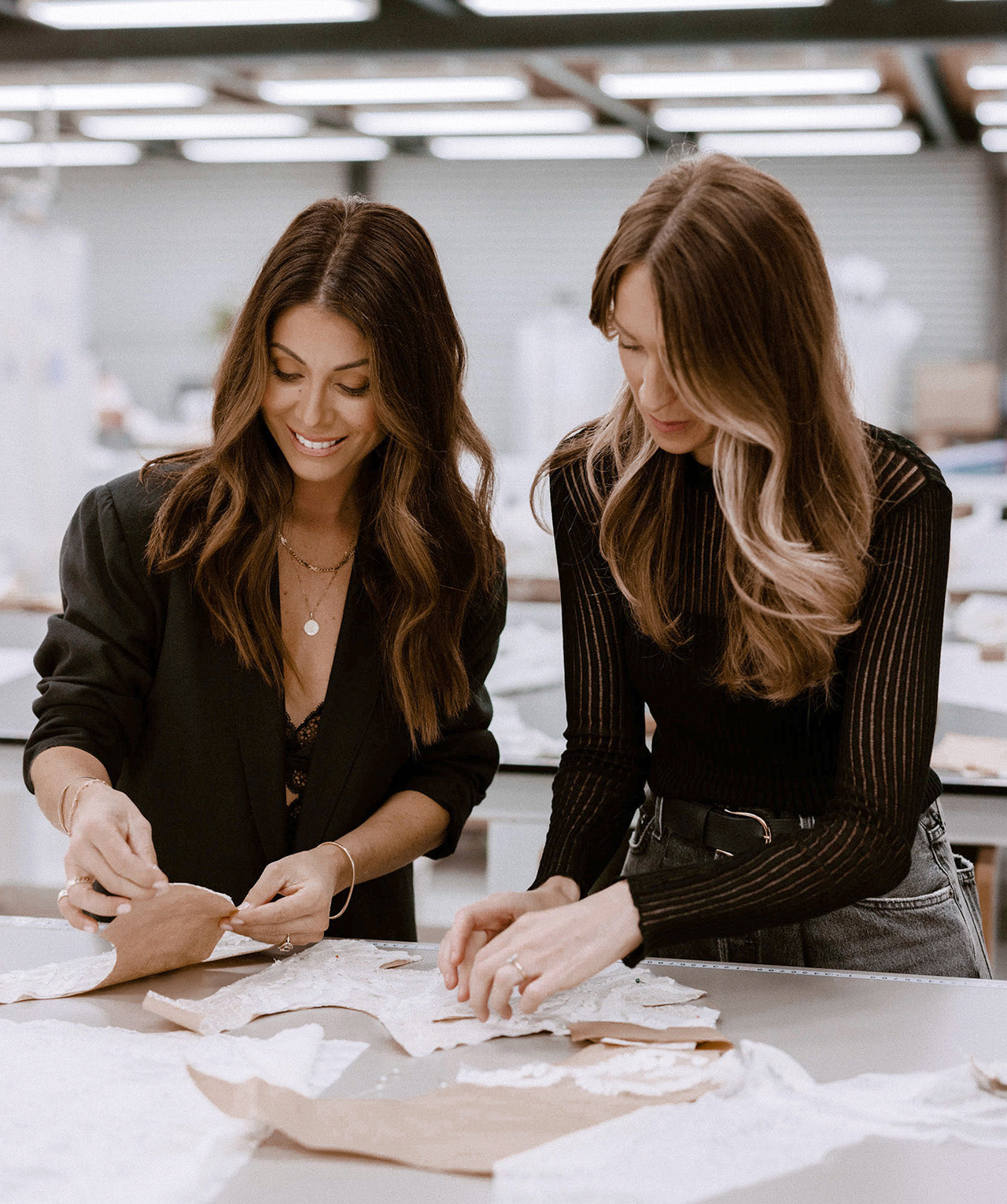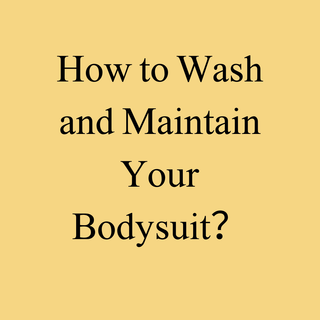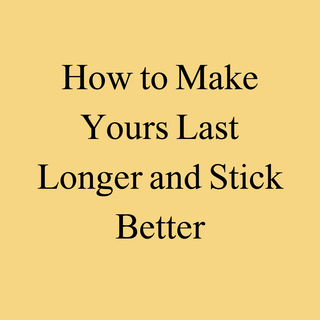When it comes to fitness fashion, sports bras are no longer the only option women consider. As backless workout tops, low-cut athletic tanks, and minimal athleisure styles continue to trend, many women are searching for alternatives to traditional sports bras—especially options that feel lighter, cooler, or less constricting. This naturally leads to one big question:
Can you use boob tape instead of a sports bra during workouts?
TikTok and Instagram are filled with videos showing influencers lifting, taping, and shaping their chest before heading into their Pilates session or hot-girl walk. But while boob tape can offer excellent lift and shaping, it is not originally designed for movement. In this article, we break down when boob tape works, when it doesn't, and how to safely use it in light-impact workouts.
What Boob Tape Is Actually Designed For
Boob tape (breast-lifting tape) was originally created to solve style problems—not fitness problems. It's meant to be an invisible, customizable support system that adapts to tops where bras won't work:
- Backless dresses
- Deep-V necklines
- One-shoulder silhouettes
- Cut-out designs
- Bridal and formalwear
Its purpose is simple: lift, shape, and stay invisible under clothing.
Brands like Niidor use stretchy, skin-friendly fabric adhesive that mimics the soft pull of skin, giving women the ability to create a natural, lifted neckline without wearing a bra.
Because of that flexibility and lightness, many women wonder if boob tape can double as a workout top solution—especially for low-support activities.
What Sports Bras Are Designed For
Before deciding whether boob tape can replace a sports bra, it's important to understand the function of each.
Sports bras are engineered for impact control, not just lift. Their purpose is to reduce breast movement in three directions:
- Vertical bounce
- Side-to-side movement
- Forward momentum during impact
They use:
- Tight-knit elastic fabrics
- Supportive compression or encapsulation structures
- Moisture-wicking materials
- Wide straps and underbands
These features allow your chest to stay supported during running, jumping, lifting, dancing, and fast-paced motion.
Can You Use Boob Tape for Workouts?
The Short Answer: Yes, But Only for Light-Impact Activities
Boob tape can work safely and comfortably during very low-impact movement, such as:
- Yoga
- Pilates
- Stretching
- Walking
- Casual gym sessions
- Low-intensity strength training (without jumping or heavy running)
In these activities, the body moves slowly, sweat production stays moderate, and the chest does not experience significant vertical or lateral impact.
Why It Works for Light Activity
- It offers an invisible lift for open-back or minimal workout tops
- It feels weightless compared to a structured sports bra
- It keeps the chest shaped and positioned during slow movement
- Good tape doesn't shift with mild stretching or bending
For women wearing backless Pilates tops or soft ribbed workout tanks, boob tape can deliver the support they need without visible bra lines.
When You Should NOT Use Boob Tape
Boob tape is not designed for high-motion or high-sweat environments. It is not recommended for:
- Running
- HIIT
- Jump rope
- CrossFit
- Dance cardio
- Spin class or boxing
- Hot yoga or heated workouts
- Fast-paced strength circuits
- Any movement that involves rapid bouncing or directional changes
Why Boob Tape Fails in High-Impact Exercise
-
Sweat weakens adhesion
During vigorous exercise, sweat builds under the breasts, along the sides, and near the sternum. Adhesive edges can soften, wrinkle, or lift. -
It offers no lateral support
Sports bras limit movement from side to side—boob tape cannot compress or encapsulate the breast in this way. -
It can stress the skin
Movement + sweat + friction = higher chances of irritation, redness, or peeling when removing the tape. -
It's uncomfortable during fast bouncing
Without structured support, the chest will move more, causing discomfort. -
Not ideal for larger cup sizes
Women who wear a D cup or above typically require structured support to avoid pain during impact.
If movement intensity or sweat levels increase, boob tape becomes less reliable and sports bras remain the safer choice.
Pros and Cons of Using Boob Tape for Workouts
Advantages
- Invisible under trendy workout tops
- Lightweight, breathable feeling
- No tight underband squeezing the ribcage
- Customizable lift depending on taping method
- Great for aesthetic-focused activities (yoga shoots, dance rehearsals, pilates content)
✘ Disadvantages
- Reduces very little actual bounce
- Adhesion may weaken with sweat
- Not suitable for long workouts
- Risk of skin irritation if removed too quickly
- Not supportive enough for larger busts
- Requires prep and careful application
The Best Taping Methods for Light-Impact Workouts
If someone chooses to use boob tape during low-intensity exercise, the taping method matters a lot. The following are the safest and most stable options:
1. U-Lift Method
A classic technique that supports the breast from underneath and lifts upward. Works best for A–C cups.
2. Side-Support Strip
A single strip placed diagonally from the outer breast toward the shoulder. Great for preventing outward shifting during twisting movements.
3. Mini-Lift Patch (Small Busts)
Shorter strips placed only on the upper portion of the breast to give shape during yoga or barre.
4. Layered Short Strips for Better Grip
Shorter strips create less tension and lift more naturally with the body during stretching.
For Best Results:
- Use breathable fabric tape (like the material used in Niidor's lifting tape)
- Avoid taping across joints where sweat collects (underboob, underarm creases)
- Use small anchor strips to prevent rolling at the edges
How to Prep Your Skin for a Workout
Proper skin preparation is essential—especially when adhesive meets sweat.
Step 1: Clean Skin Thoroughly
Wash with mild soap to remove oils, lotions, sunscreen, or body butters.
Step 2: Avoid Moisturizers on Taping Areas
Oil and adhesive do not mix. They cause tape to fail quickly.
Step 3: Use Sweat-Control Powder
A light dusting of body powder above the tape lines can help prevent sweat from rolling onto adhesive edges.
Step 4: Do a Patch Test
Especially for sensitive skin. Stick a small test strip on your ribcage for 10–15 minutes.
When Sports Bras Are the Better Choice
Even if boob tape is tempting for style reasons, sports bras are still the gold standard for:
High-impact or dynamic movement
You need compression + stabilization.
Large breast sizes (D cup and above)
Bounce control is essential for comfort and long-term breast support.
Workouts lasting more than 45–60 minutes
Boob tape isn't ideal for long wear during sweat-heavy sessions.
Team sports or outdoor activity
Fast directional changes require strong lateral support.
Sports bras are built to manage all of these factors safely.
Some Women Combine Both: Boob Tape + Light Sports Bra
A surprisingly effective method is using a small amount of tape for shaping and a light-support sports bra for compression.
This hybrid technique works especially well for:
- Pilates instructors filming content
- Dancers rehearsing in crop tops
- Women who prefer soft sports bras that don't lift enough
- Athleisure photography
- Medium-sized busts that need slight stabilization
The tape helps maintain shape, while the bra controls bounce—without needing heavy padding or tight bands.
Final Verdict: Should You Use Boob Tape for Workouts?
The best choice depends entirely on the type of movement you're doing.
Use boob tape when:
- The activity is low impact
- Comfort and aesthetics matter
- You're wearing trendy open-back athletic wear
- You sweat lightly
- You want customizable lift
Choose a sports bra when:
- The movement is high intensity
- You expect to sweat heavily
- You need reliable bounce control
- You're doing anything with impact or jumping
- You're a D cup or larger
- The workout lasts an hour or more
Boob tape can be a surprisingly comfortable and confidence-boosting option for Pilates, yoga, stretching, and low-intensity exercise. With sweat-resistant, flexible tape (like the type used in Niidor's fabric lifting tape), many women find it a stylish alternative to structured bras—as long as the workout remains light.
Sports bras, however, remain essential for any activity where movement, intensity, or sweat levels increase.
Understanding the strengths of each lets you choose the solution that fits your body, your clothing, and your workout style—without compromise.



